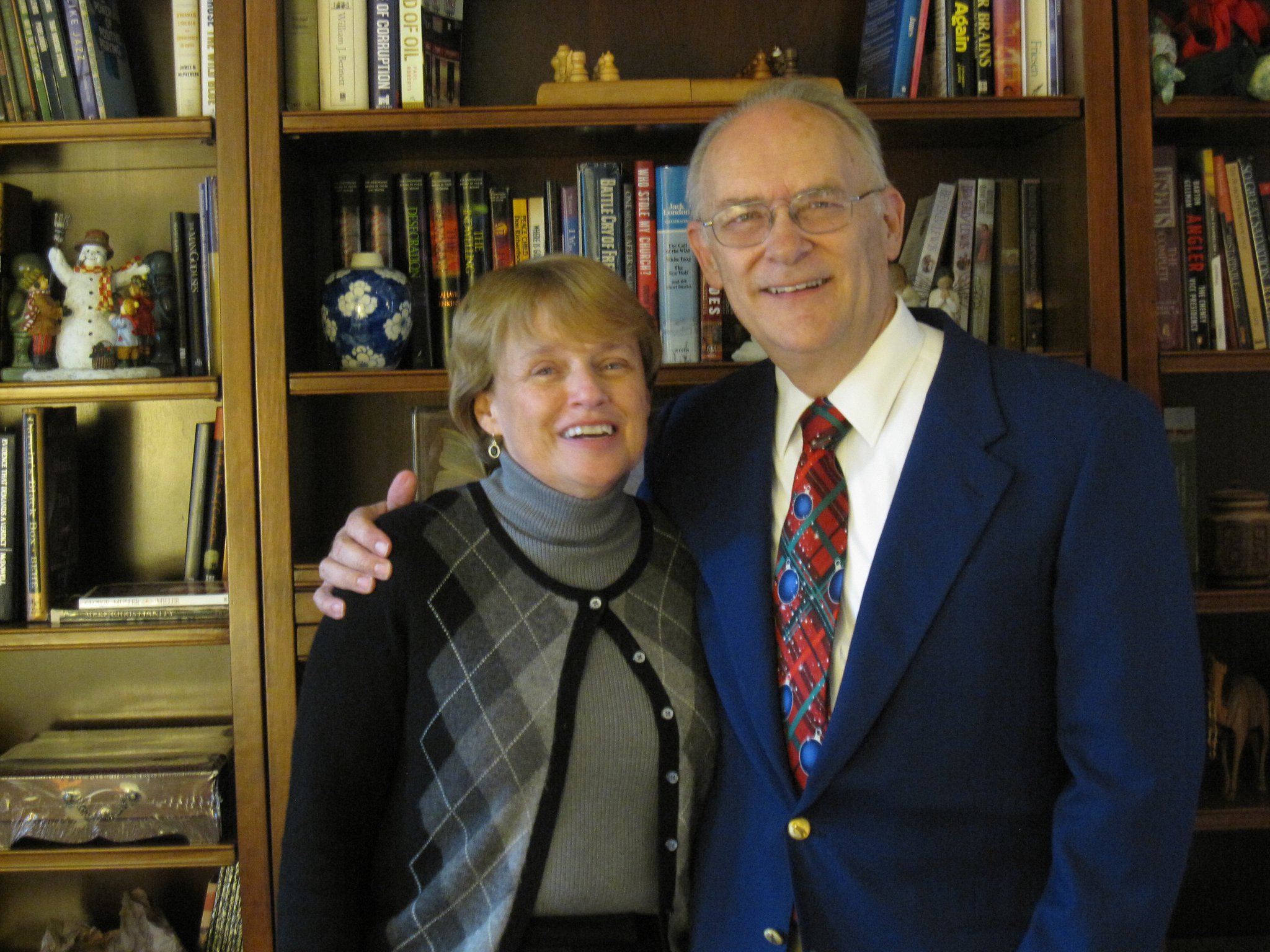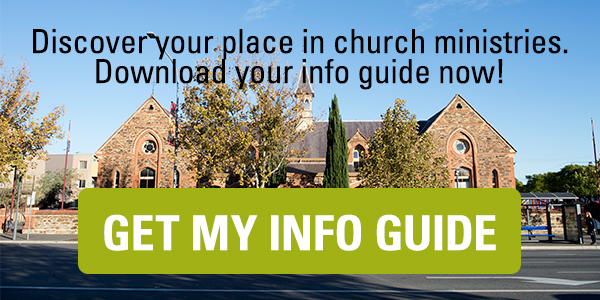
Missionary Life
The 5 Best Books on Church Planting
March 14, 2019
by Mark Watson

Most of us follow the same pattern when we want to learn about something before we do it: Hop on over to Amazon and we see what books are available.
However, if you type “church planting” into the Amazon search bar, it spits back 845 different resources. If you don’t know much about church planting, it can be nearly impossible to decide where to begin.
So, let me help! I’ve spent 5 years church planting Guatemala, and in my experience, these are the top five books every church planter should have on their shelf.
1. Apostolic Church Planting: Birthing New Churches from New Believers by J.D. Payne
Payne has a wealth of experience in church planting. He is a prolific author and one of the best thinkers when it comes to church planting. J.D. loves the church and loves mobilizing people to see the church multiplied.
In this book, he first helps us think about what a church is and then visits the various stages in planting a church. He helps us think through dynamics with our church planting team and how to develop everyone’s roles.
Key Quote:
“More of the same is not sufficient. While great things have been accomplished for the kingdom in the realm of church planting, we must build on them and venture into new waters with an ancient approach.”
2. Planting Missional Churches by Ed Stetzer and Daniel Im
This book by Ed Stetzer and Daniel Im is one of the seminal textbooks on planting within the “missional” movement. The missional movement is, in essence, encouraging the church to go and tell, rather than encouraging people outside the church to come and see. Its emphasis is moving the body of Christ outward on mission.
This book is broken down into five sections: Foundations for Church Planting, Models of Church Planting, Systems for Church Planting, Ministry Areas for Church Planting, and Multiplication and Movements. This really is an A to Z type book that surveys a wealth of literature to help you learn about all of the facets of church planting.
Key Quote:
“Everywhere Christians have gone to share the gospel churches were formed.”
3. Global Church Planting by Craig Ott and Gene Wilson
Two seminary professors with years of teaching and field experience in church planting got together to write a book on biblical principles and best practices of church planting. This book is maybe the most comprehensive book in terms of the different types of church planting that exists. Additionally, Ott and Wilson are focused on church planting around the globe, and not just in the United States. In that sense, their approach helps cross-cultural workers address the issues that may arise.
Key Quote:
“A missionless church is no church, and a churchless mission is not biblical mission.”
4. Center Church by Timothy Keller
Tim Keller, one of the most influential pastors of our generation, has planted one of the most influential churches of our generation — Redeemer Presbyterian Church. Center Church is his magnum opus in regards to how the Gospel shapes the church, and how the church can catalyze a missional movement within its city.
The book is broken down into three main sections — Gospel, city, movement. For Keller, Gospel clarity is of utmost importance. If the Gospel isn’t clear, the church will not be healthy, and the mission will fail. Additionally, a church must be considered with its city, its needs, its culture and its influence. Finally, the church must not fall into the trap of over-institutionalizing, but must remain flexible, focused on movement.
Key Quote:
“Every form of ministry is empowered by the gospel, based on the gospel, and is a result of the gospel.”
5. Church Planting Movements by David Garrison
When we talk about models and styles of church planting, we often think about more traditional, brick and mortar, types of churches that grow into fairly decent-sized, economically self-sustaining congregations.
However, David Garrison takes a different approach. Many other books are putting forward a church planting model that they want others to follow, whereas Garrison seemed to have stumbled upon what he has called church planting movements. Garrison has simply systematized what He has observed God doing in a variety of contexts and cultures.
A Church Planting Movement is a rapid multiplication of indigenous churches planting churches that sweeps through a people group or population segment. Key words in this definition are rapid, indigenous, people group or population segment.
According to Garrison, every church planting movement contains 10 characteristics:
- Extraordinary prayer
- Abundant evangelism
- Intentional planting of reproducing churches
- The authority of God’s word
- Local leadership
- Lay leadership
- House churches
- Churches planting churches
- Rapid reproduction
- Healthy churches
If you’ve never read about other church planting models around the world, this is a great place to start.
Key Quote:
“In Church Planting Movements, the role of the missionary or outsider is heaviest at the beginning. Once the people group begins responding, it is vitally important for outsiders (i.e. missionaries) to become less and less dominant while the new believers themselves become the primary harvesters and leaders of the movement.”
While you wait for your books, check out our guide to church ministries. A world of opportunities is waiting for you!


